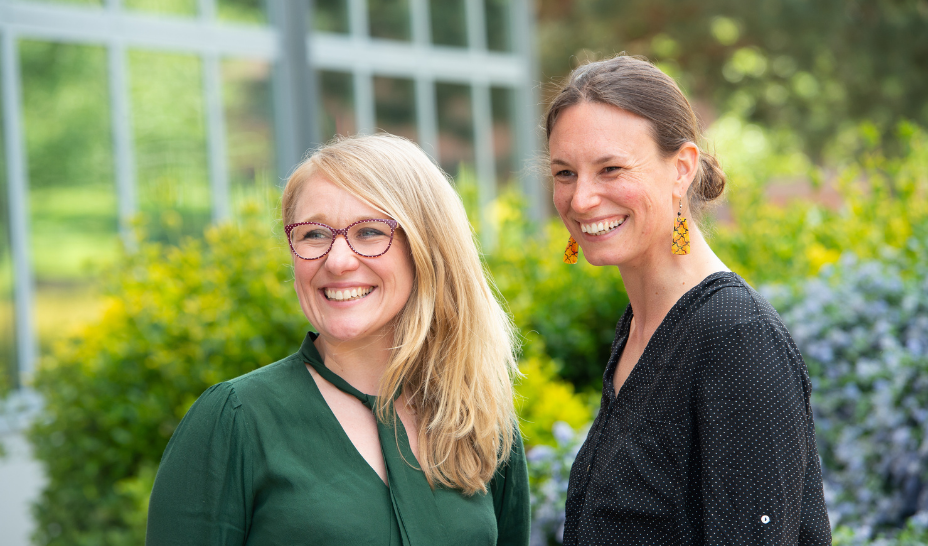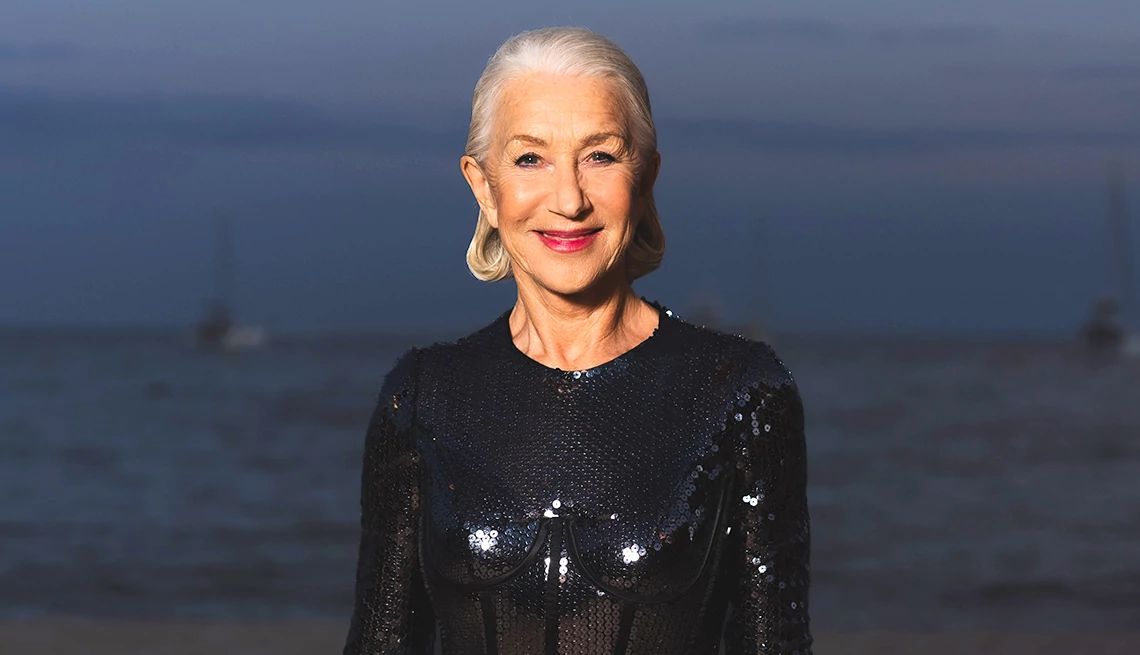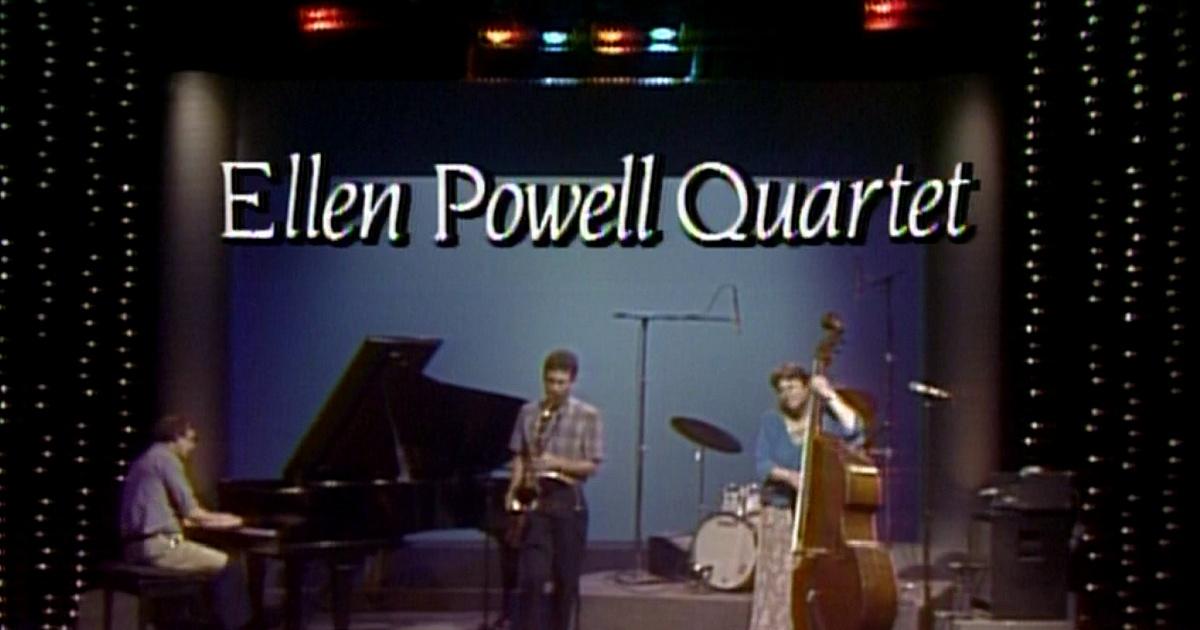
- Select a language for the TTS:
- UK English Female
- UK English Male
- US English Female
- US English Male
- Australian Female
- Australian Male
- Language selected: (auto detect) - EN
Play all audios:
Columbia, South Carolina, is a car town, or as Mayor Steve Benjamin puts it, “an F-150 community,” referencing the popular Ford pickup. “We drive everywhere.” But Benjamin has been trying to
get residents onto buses and bicycles, on their feet — or even using a special ride service aimed at residents 50 and over. A healthy public transit system is particularly important for
older residents who don't feel comfortable driving. And walking paths provide opportunities for residents to stay active. STEVE BENJAMIN Mayor, Columbia, South Carolina • PROBLEM:
Getting around town, unless you're in a car, can be difficult. • SOLUTION: Improve the bus system and offer new options like car services. • RESULTS: Ridership increased by 70 percent
over five years. Change hasn't been easy. Soon after he took office in July 2010, Benjamin lost a critical transit fight: A November 2010 referendum for a 1 percent sales tax increase
to pay for transportation projects failed. Without the money, the public bus system, which had been privately owned until 2002, deteriorated. Routes were cut and service slashed. By 2012,
when the referendum came up for another vote, the situation was dire. "We all went back to the drawing board and came up with a very specific list of priority projects,” Benjamin says,
a list that included more money for public transportation but also included bikeways and greenways. Benjamin played an important part in the get-out-the-vote effort. He attended community
meetings and worked with the county and the city council. “He was the de facto campaign manager,” says Rick Silver, a public relations consultant for the transit authority. The countywide
measure passed, with strong support from city voters. Seven years later, the region's bus system, the Comet, has transformed into an efficient and modern operation, with a new fleet of
vehicles equipped with Wi-Fi, new routes and soaring ridership — up 70 percent from 2012 to 2017. In 2018, the system partnered with Uber and Lyft to give riders a $5 credit toward trips to
and from the supermarket, easing the struggles of carrying groceries on a bus. Benjamin, 50, a Democrat and the city's first African American mayor, sees transit as a way to tackle
other social challenges. Consider food deserts — lower-income areas that lack large grocery stores. It can take years to persuade a supermarket chain to build in a new location. So why not
bring the people to the stores? With this idea in mind, Benjamin appointed John Andoh, the chief executive officer of the transit authority, to the city's food policy committee. When
Andoh proposed the ride-hailing program, which has proved popular in the city's lower-income neighborhoods, Benjamin started promoting it on social media and sharing the idea with other
cities. Andoh also worked with AARP on a pilot program called Ride@50+. Users can visit the website, an app or even call a real person on a phone line, and indicate their pickup spot and
destination. Ride@50+ plots out a rider's trip by pulling together various transportation options — Comet buses, ride shares, taxis and volunteer drivers, who provide discounted rides.
The program is open to all ages but targets riders age 50-plus.








